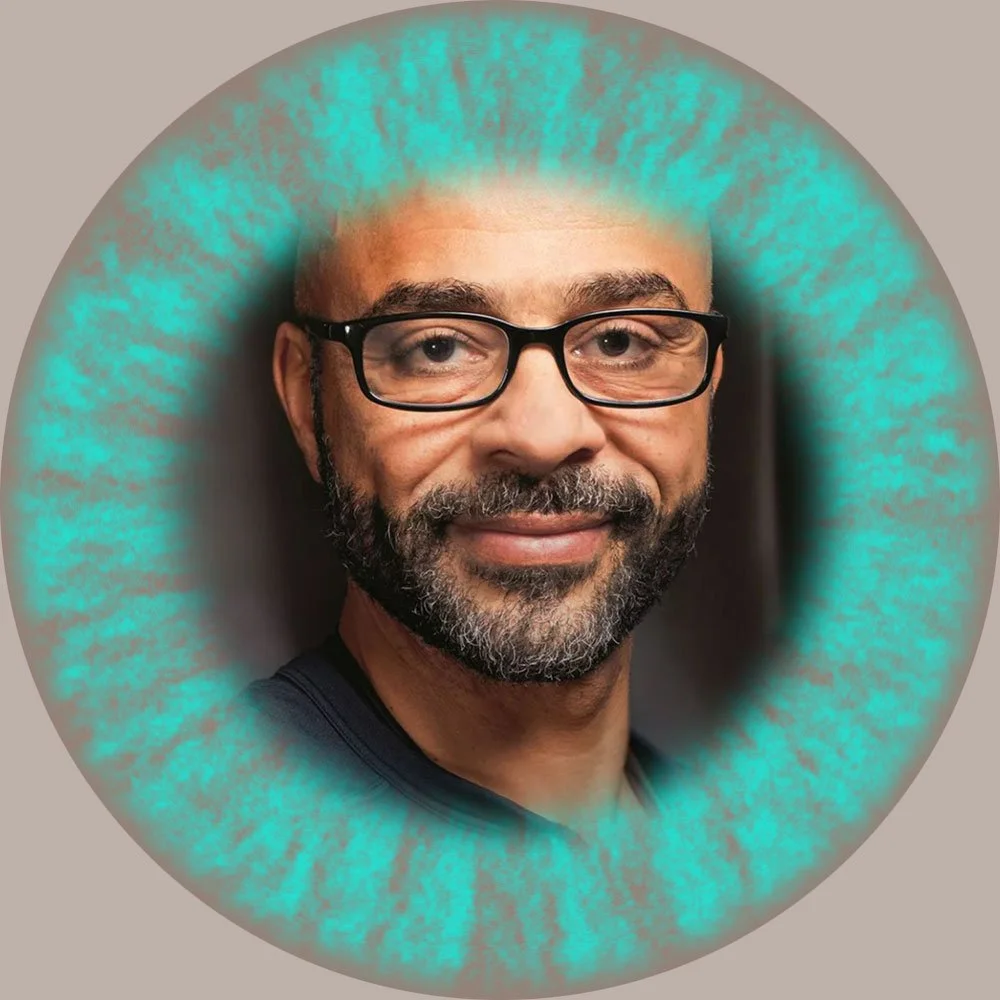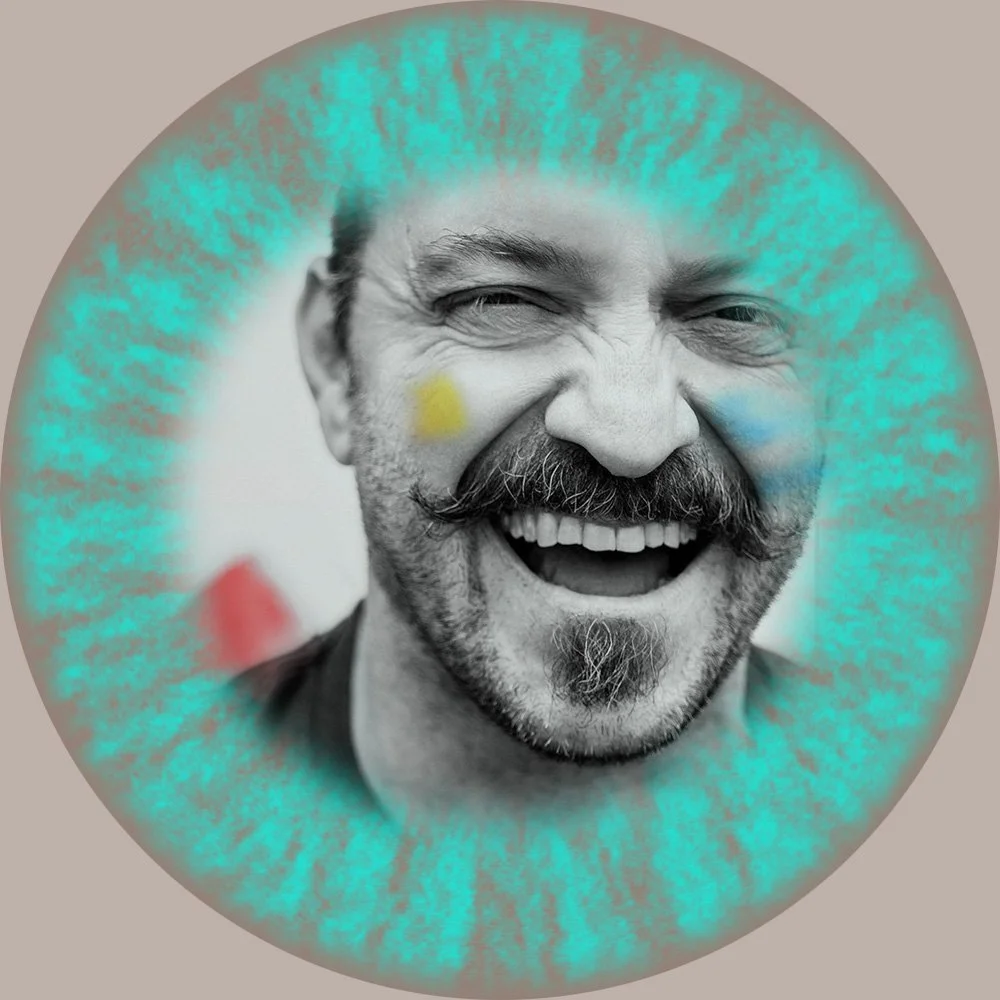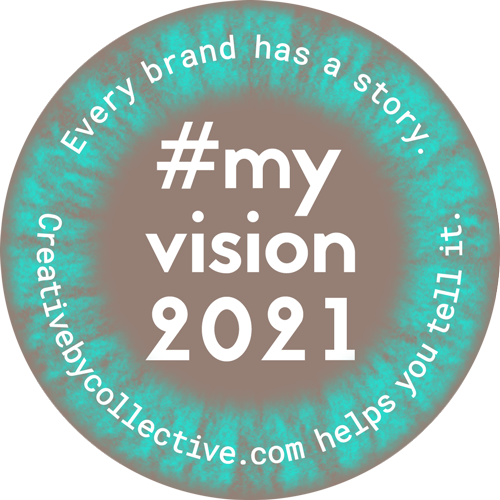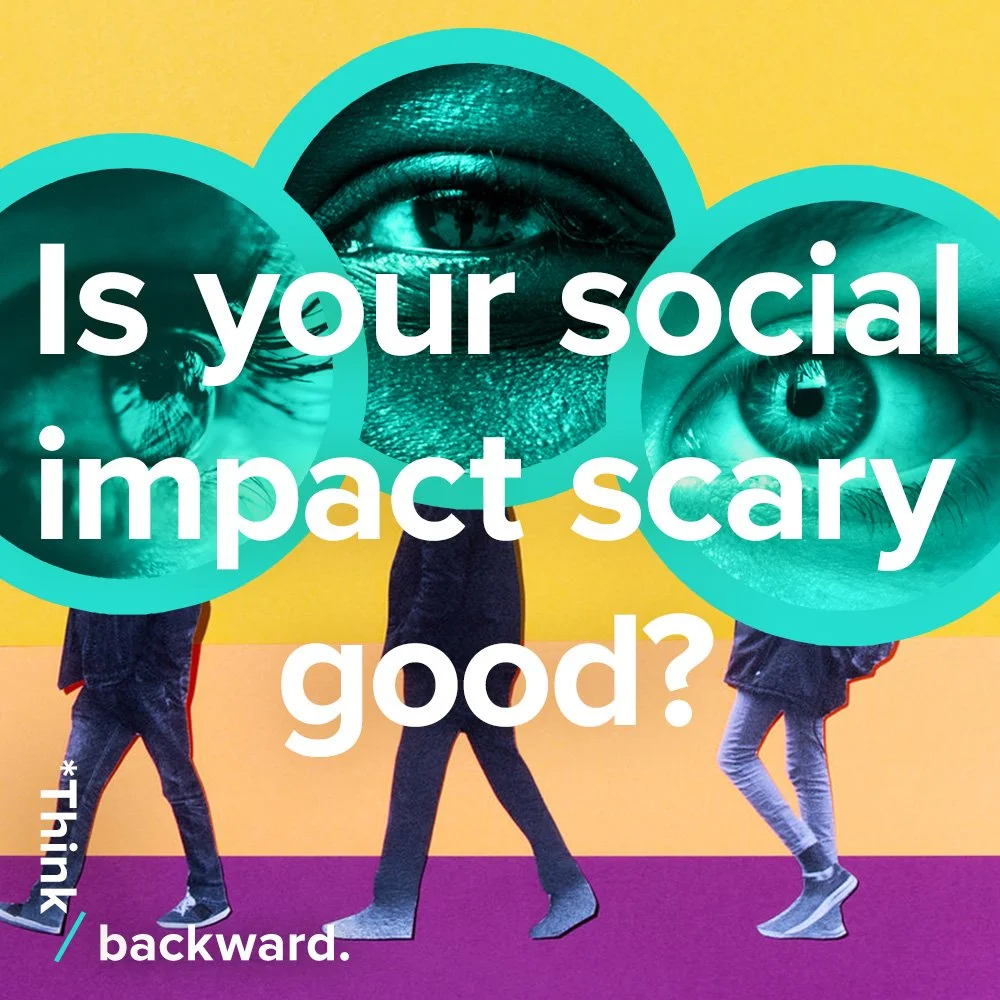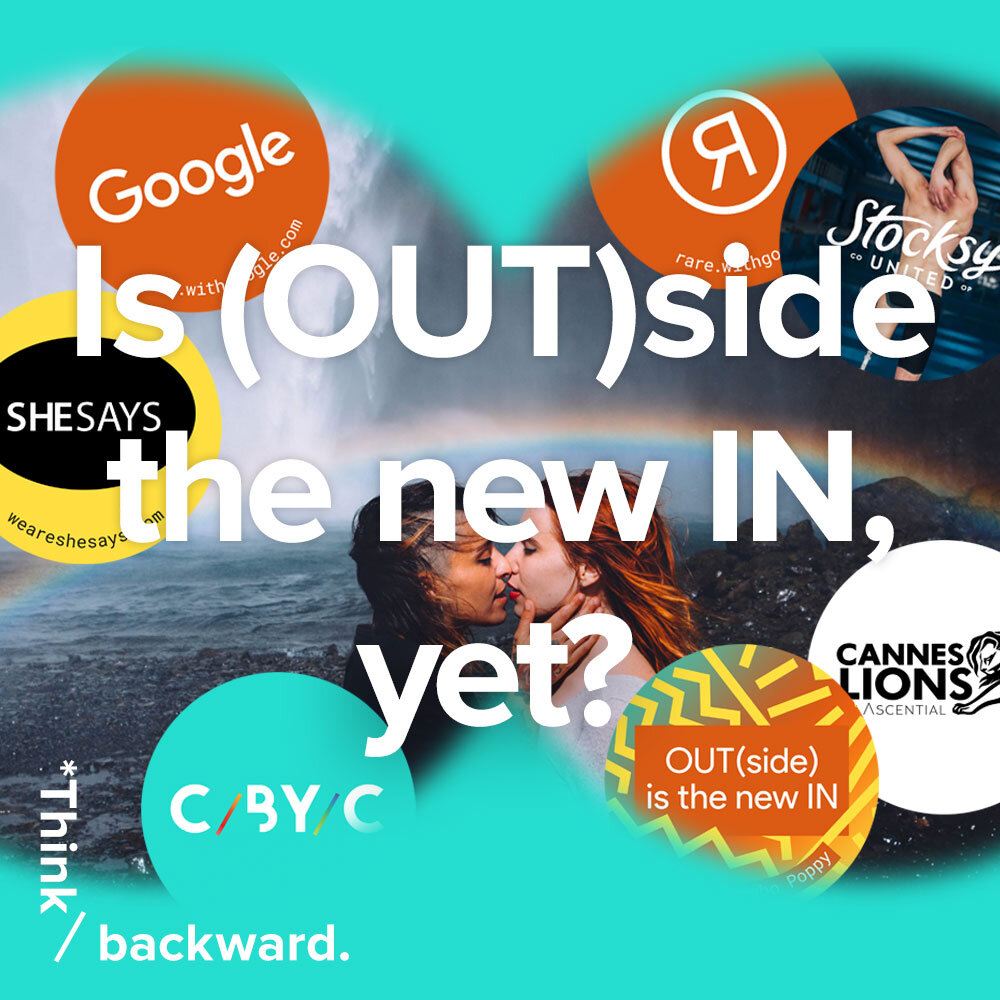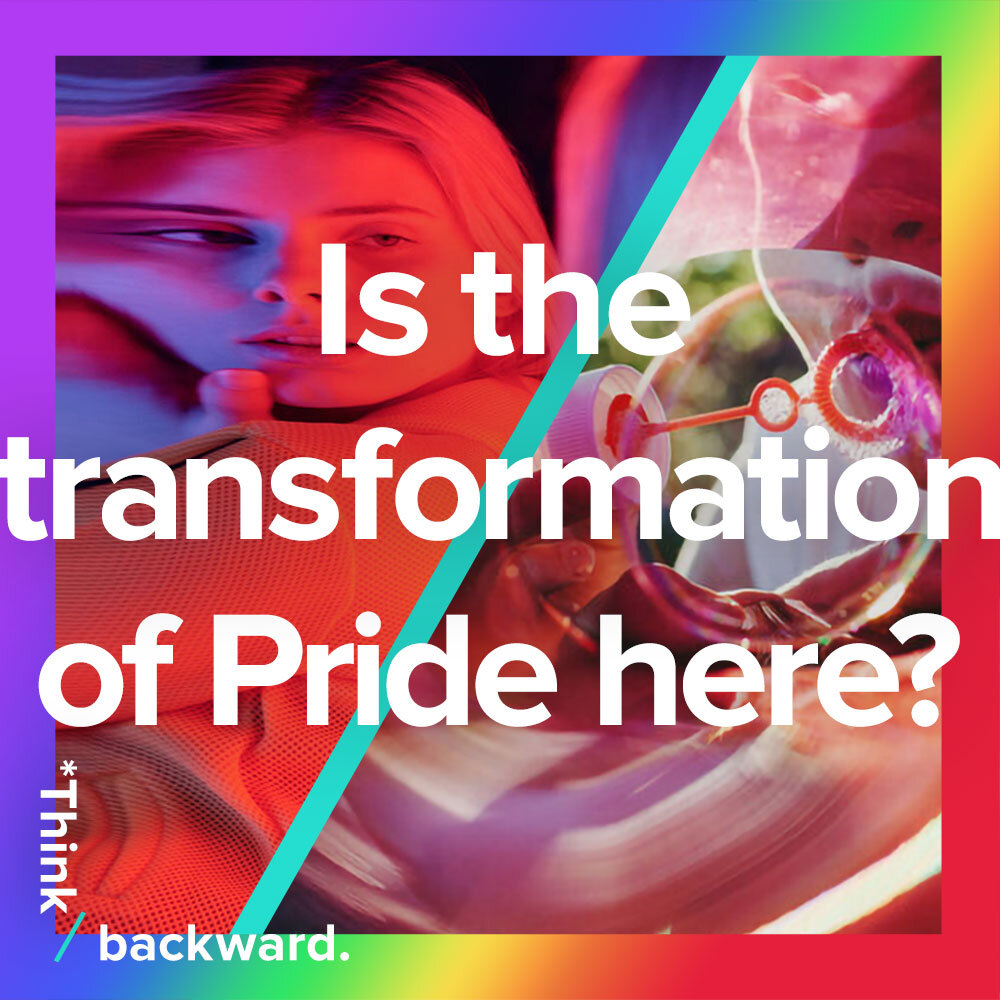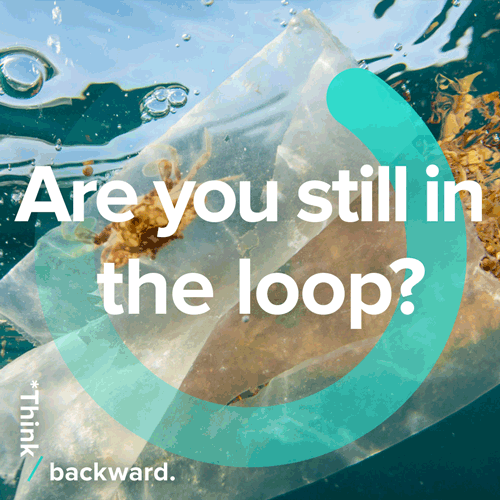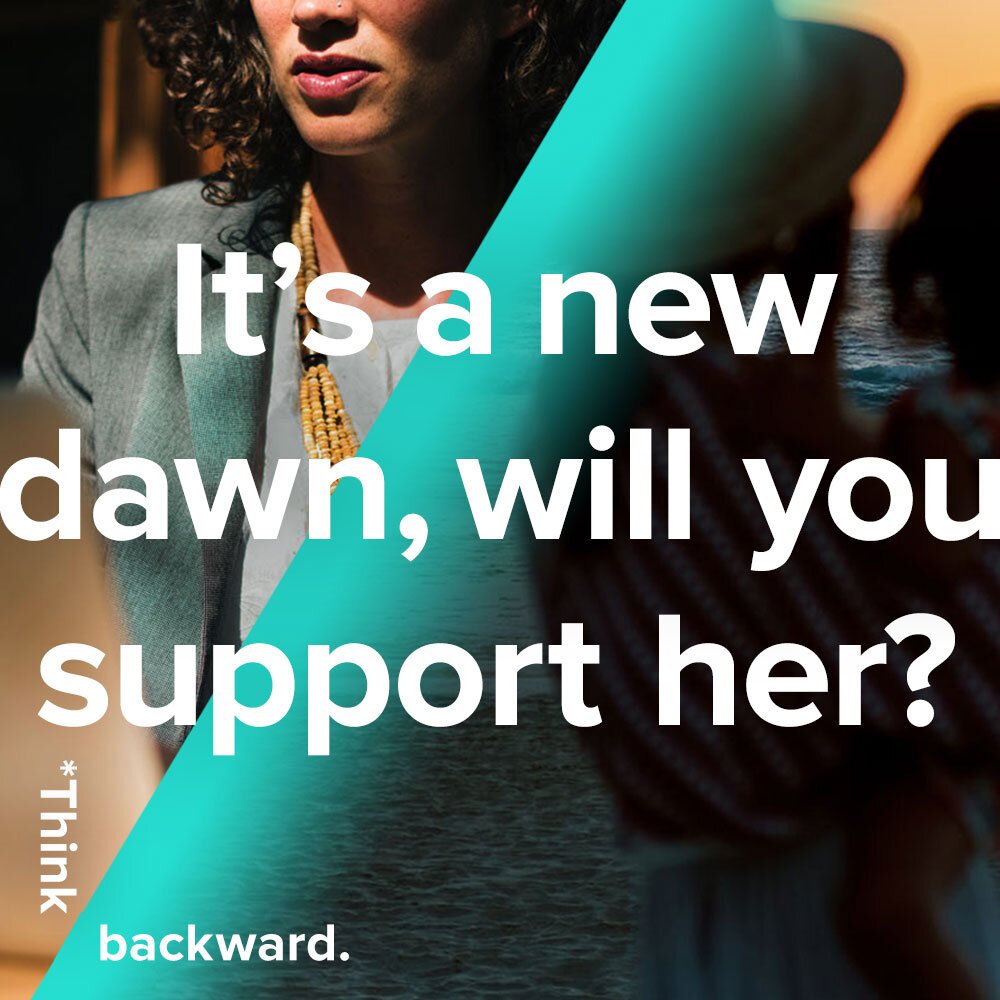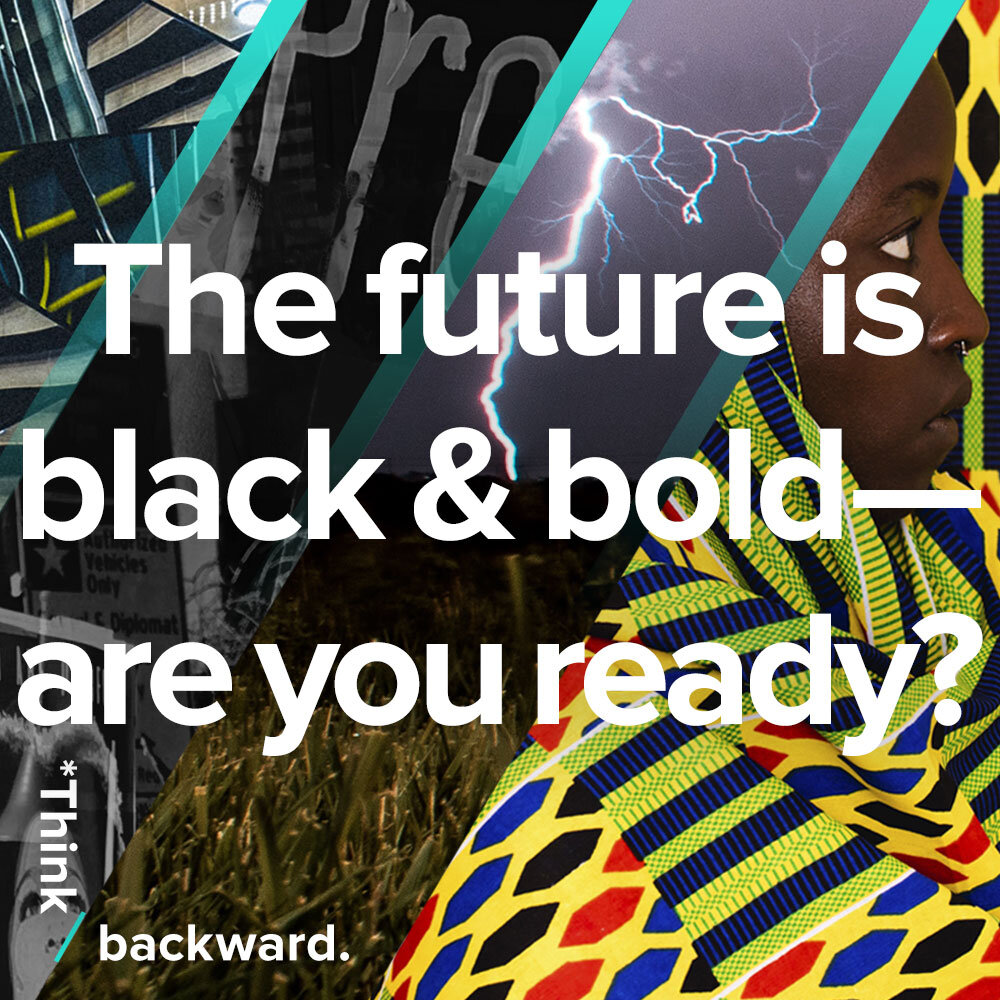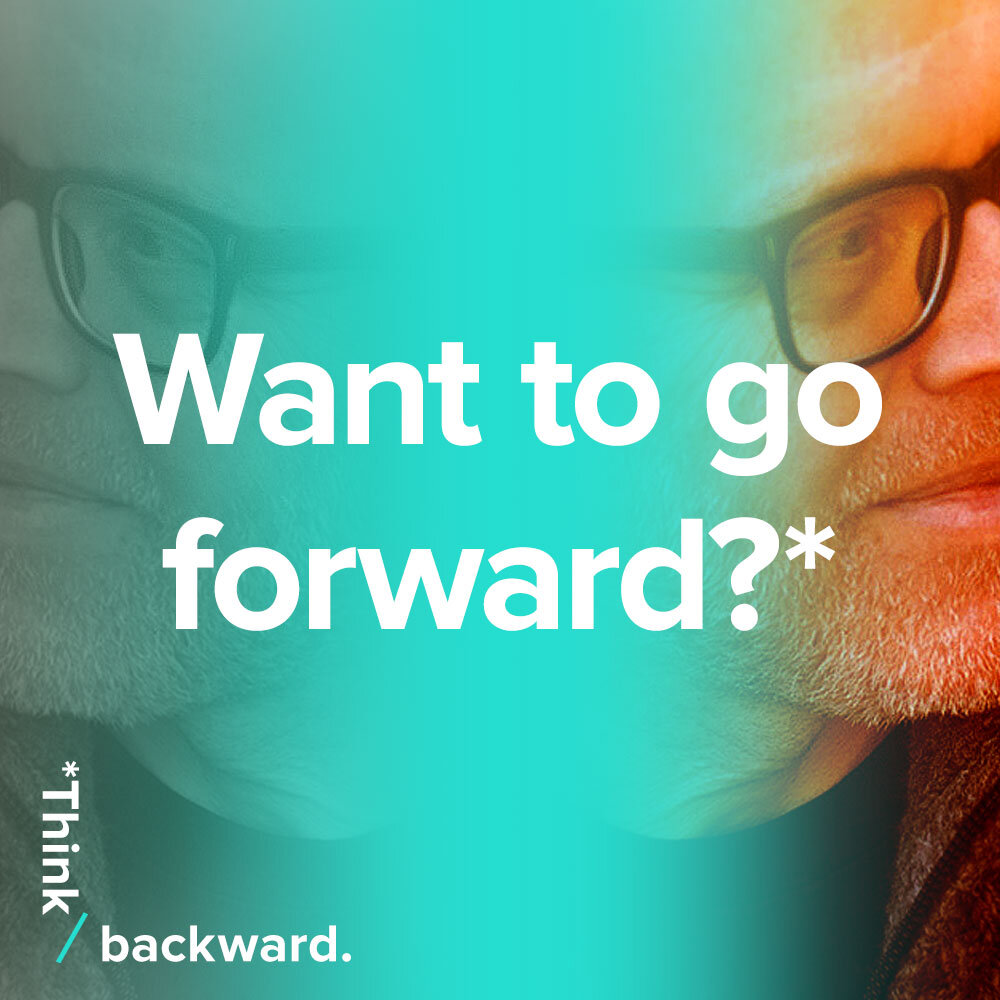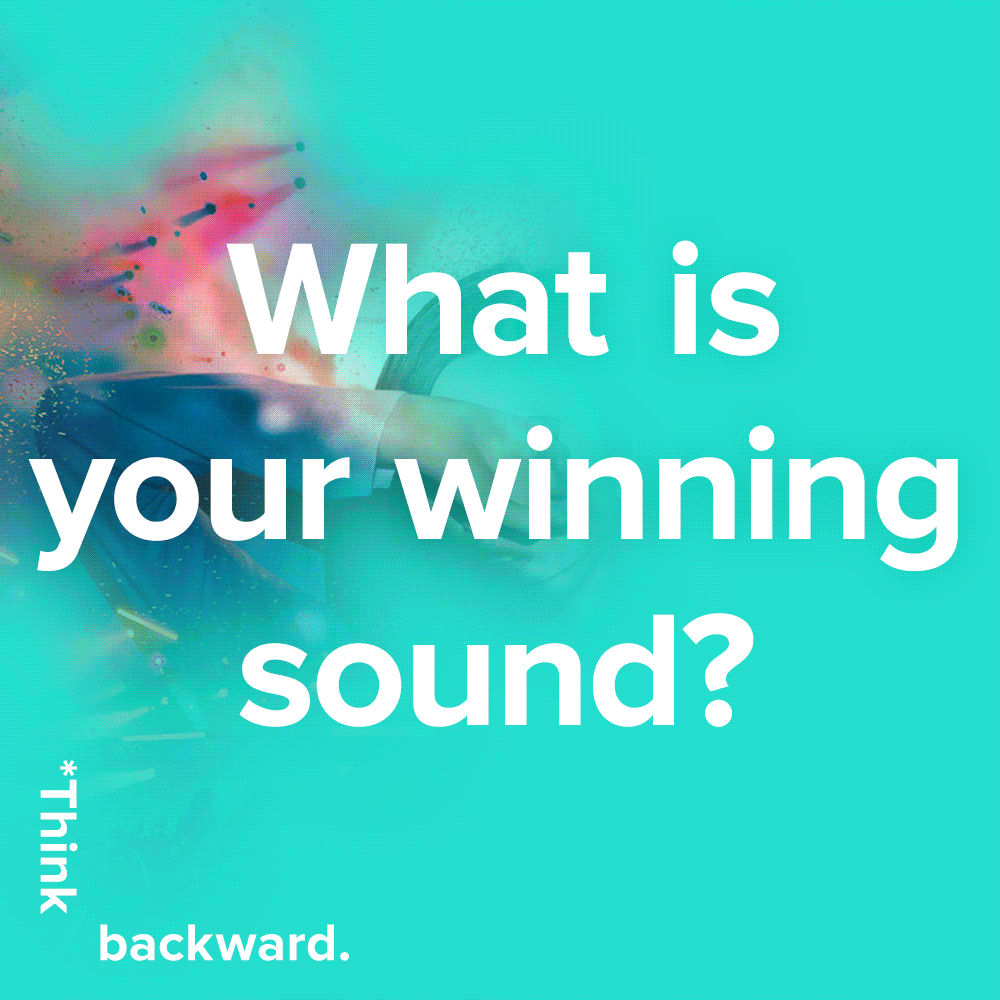“_________”
OPEN Topics on Imperfect Happiness.
We have begun to believe that the secret to happiness is to release one’s fear of imperfection. What do you believe? Explore the ideas of happiness and creativity with our dynamic thought leaders and authors, Mo Gawdat of Solve for Happy and James Victore of Feck Perfuction — this is your path forward in 2021.
/
Happiness
I have allowed myself to acknowledge how all of the work I’ve done in technology may have benefited the world up to a point, but the world is now at a point where we actually need to do something different if we want humanity to continue to progress. So I announced a new goal: 1 billion happy people.
— Mo Gawdat
Author ‘Solve for Happy,’ Founder #Onebillionhappy and former Chief Business Officer Google [X]
A2 + B2 = C2 (Pythagoras)
E = mc2 (Einstein)
6-7-5 = 😀 (Gawdat)
— I’ve always had a complicated relationship with math. However tortuous the path to the answer, I can do baseball batting-average calculations in my head; if Mookie Betts of the Boston Red Sox went 47 for his next 111, would he be hitting .400 for the season?* But I lasted about three seconds as a math major in college, about as long as it took to open up a calculus textbook and then run down to the ’Skeller for a beer.
I suppose this is “inside baseball,” as it were. But what if the math I am trying to wrap my head around was a different kind of equation, like “6-7-5,” the only three numbers you have to remember as you begin to grasp Mo Gawdat’s Happiness Model. Or as Gawdat, formerly head of Google X, now the author of the book Solve for Happy, puts it, you need to “Bust the 6 Grand Illusions, Fix the 7 Blind Spots, and Hang on to the 5 Ultimate Truths” (page 45, paperback edition) to achieve happiness.
Gawdat came to his solution the hard way, as so many people do. Cursed with depression but blessed with an incredibly analytical mind and a dogged determination to make the math of happiness work, Gawdat spent years trying to perfect a model that would lead to something that most of us probably assume is unquantifiable. That he reached his nirvana only after his son’s death laid him low buttresses the argument for his equation. But let’s let him tell the story of how he busted his six illusions (thought; self; knowledge; time; control; and fear), fixed his seven blind spots (filters; assumptions; predictions; memories; labels; emotions; and exaggeration), and hung on to his five ultimate truths (now; change; love; death; design):
“What I wanted was basically a crazy idea: if I can tell 10 million people what Ali taught me and make them happy as an end result, then I have given them life. This wouldn’t bring him back, but it would at least make the days ahead a little better than the day when he left.”
Creativity
I would rather have people start and make small steps towards happiness and towards their goals and towards, quite frankly, self-love, than continue the practice of stopping and stopping and sobbing out of fear, out of these lies that we tell ourselves.
— James Victore
MoMA Artist, Designer, Speaker and Author



